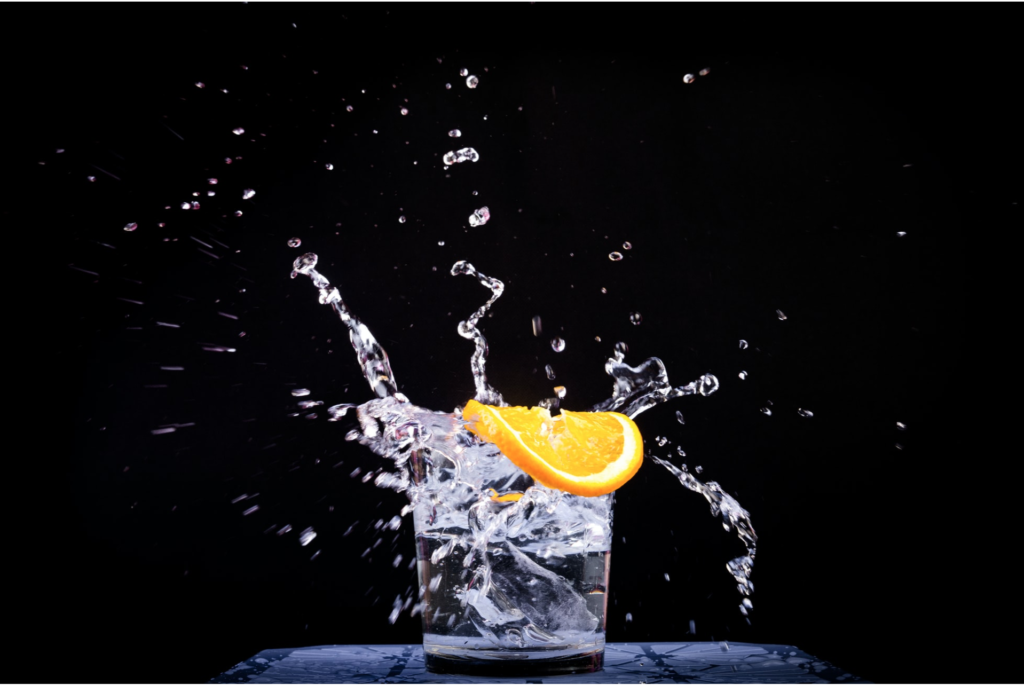Eating for Weight Loss
How to Eat for Weight Loss
Beginning a weight loss journey can seem overwhelming and intimidating. Losing weight can be viewed as a simple process but the hardest part is changing your habits. Here is everything you need to know on how to take your first step towards a healthier tomorrow.
- Calories count! Weight loss is calories in vs calories out. Try our macronutrient calculator and find out exactly how much you need to eat for your goals! If you eat more food than you burn you will gain weight. If you eat a little less food than you burn you will lose weight. If you eat too little food your body will hold onto body fat ( survival mode), take nutrients from your bones, eat into your muscle for energy, and negatively affect all your organ functions.

- Drink more water! Studies show that drinking at least 5 glasses a day encourages the body to burn more calories. Active individuals are recommended to drink half their body weight in 0z; find out if you’re hydrating enough!
- Eat regular meals including breakfast. Eat your largest meals earlier in the day and smaller meals towards the evening. Eating a high protein breakfast 30-60 mins after waking up encourages the body to start burning calories sooner than later and will keep you more satiated when lunch comes around.
- Eat more fruits and vegetables. The quality of your nutrition matters. The more nutrient dense foods provide your body with what it needs and keeps the body fuller longer. Having a hard time integrating fruits and vegetables in? Try incorporating some during each meal!

- Studies show that 20g of fiber a day consistently can lead to weight loss. Fiber slows sugar absorption into the bloodstream. When glucose levels spike and crash in the body you begin feeling hungry sooner; this can lead to overeating. Fiber also helps keep you fuller longer and helps regulate your bowel movements.
- Eating good fats also keep you fuller longer. These include monounsaturated fatty acids and omega-3 fatty acids found in oils, nuts, avocados, certain fish—and yes, even dark chocolate! Eat 3-4 servings daily.
- Calcium and vitamin D are commonly found together in dairy products. Vitamin D by itself may play a role in weight control. Extra body fat holds on to vitamin D so that the body can’t use it. This perceived deficiency interferes with the action of the hormone leptin, whose job is to tell your brain that you’re full. And if you can’t recognize when you’re satiated, you’re more likely to overeat.

- There is no magic weight loss pill but there is caffeine to get you moving when you’re feeling lazy.
- Regular physical activity.
- Reduce sugar and refined food in take.

If most of these changes seem too daunting, reflect on your lifestyle and choose one new habit you can successfully build in. Maybe begin with drinking more water first. After a few weeks try integrating one new small change, like having only one soda every other day instead of every day. The fastest way to reaching your weight loss goals will be choosing a path of least resistance and taking small steps. Each success counts, and even a little bit of weight loss can lead to healthy changes for your body. Explore what it means to age gracefully and start to understand how some 90 year olds are able to run ultra marathons, deadlift over 100lbs or maintain yogic levels of flexibility!
